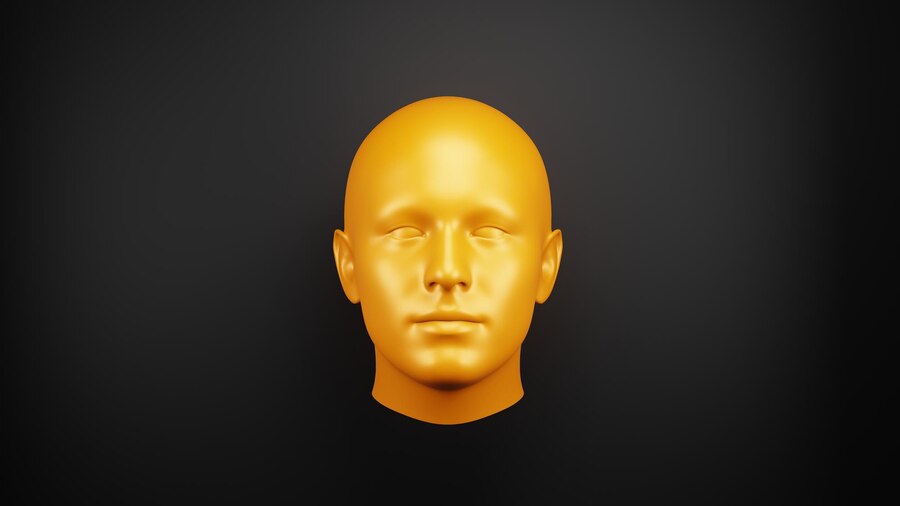3D Facial Scans in the Gaming Industry: Crafting Realistic Characters
The gaming industry has witnessed a dramatic transformation with the advent of 3D facial scans, revolutionizing the creation of in-game characters. These scans have become an indispensable tool for developers seeking to infuse their games with realism, depth, and emotional resonance. In this article, we will explore the pivotal role of 3D facial scans in the gaming industry and how they contribute to the crafting of lifelike and memorable characters.
The Significance of Realistic Characters
Why Realism Matters

In the gaming world, the pursuit of realism is a driving force. Realistic characters allow players to immerse themselves in the game’s narrative, enhancing the overall gaming experience. These characters feel relatable, engaging, and emotionally authentic.
Emotional Connection
Realistic characters foster a deep emotional connection between players and the game. Players can empathize with characters who exhibit a range of emotions, making the gaming experience more meaningful and memorable.
The Role of 3D Facial Scans
Capturing Real-Life Expressions

3D facial scans serve as the foundation for creating realistic characters. These scans capture the subtle nuances of facial expressions, allowing digital characters to convey emotions with uncanny accuracy.
High-Fidelity Details
The level of detail achieved with 3D facial scans is unparalleled. Every wrinkle, freckle, and expression line is faithfully replicated, resulting in characters that look and feel like real individuals.
Actor-Based Scanning
In many cases, game developers collaborate with actors to capture their facial performances. This method, known as performance capture, involves actors wearing motion-capture suits with facial markers. Their expressions and movements are recorded and translated into the game.
Advanced Animation
3D facial scans are used in conjunction with advanced animation techniques. The captured data is integrated with animation rigs, allowing characters to exhibit a wide range of expressions and movements, enhancing their believability.
Practical Implementation
The integration of 3D facial scans in the game development process is a multi-step workflow. It involves data acquisition, data processing, and character design.
This process often includes the following steps:
Data Acquisition: High-resolution 3D facial scans of actors or models are captured using specialized scanning equipment.
Data Processing: Raw scan data is processed to enhance the level of detail and prepare it for use in the game engine.
Character Design: Digital artists use the scanned data to design and model the in-game characters, ensuring that they closely resemble the real-world actors or models.
Optimizing for Performance

One challenge in implementing 3D facial scans is optimizing them for real-time performance. Games need to run smoothly on a variety of platforms, so techniques like level-of-detail (LOD) systems are employed to balance visual fidelity with performance.
Future Possibilities
As technology continues to advance, the use of 3D facial scans in the gaming industry holds promising prospects:
Improved Realism: Future scans will likely be even more detailed and lifelike, making characters indistinguishable from real actors.
Wider Adoption: As the technology becomes more accessible, smaller game developers will have the means to create realistic characters.
AI Integration: Artificial intelligence may play a role in enhancing the realism of character animation, reducing the need for manual fine-tuning.
VR and AR Experiences: Virtual and augmented reality gaming experiences will benefit greatly from 3D facial scans, providing players with even deeper immersion.
3D facial scans have become a cornerstone of character development in the gaming industry. They enable the creation of realistic, emotionally resonant characters that enhance the gaming experience. Learn more about the technology and how it works from the team of Digital Reality Labs.

















